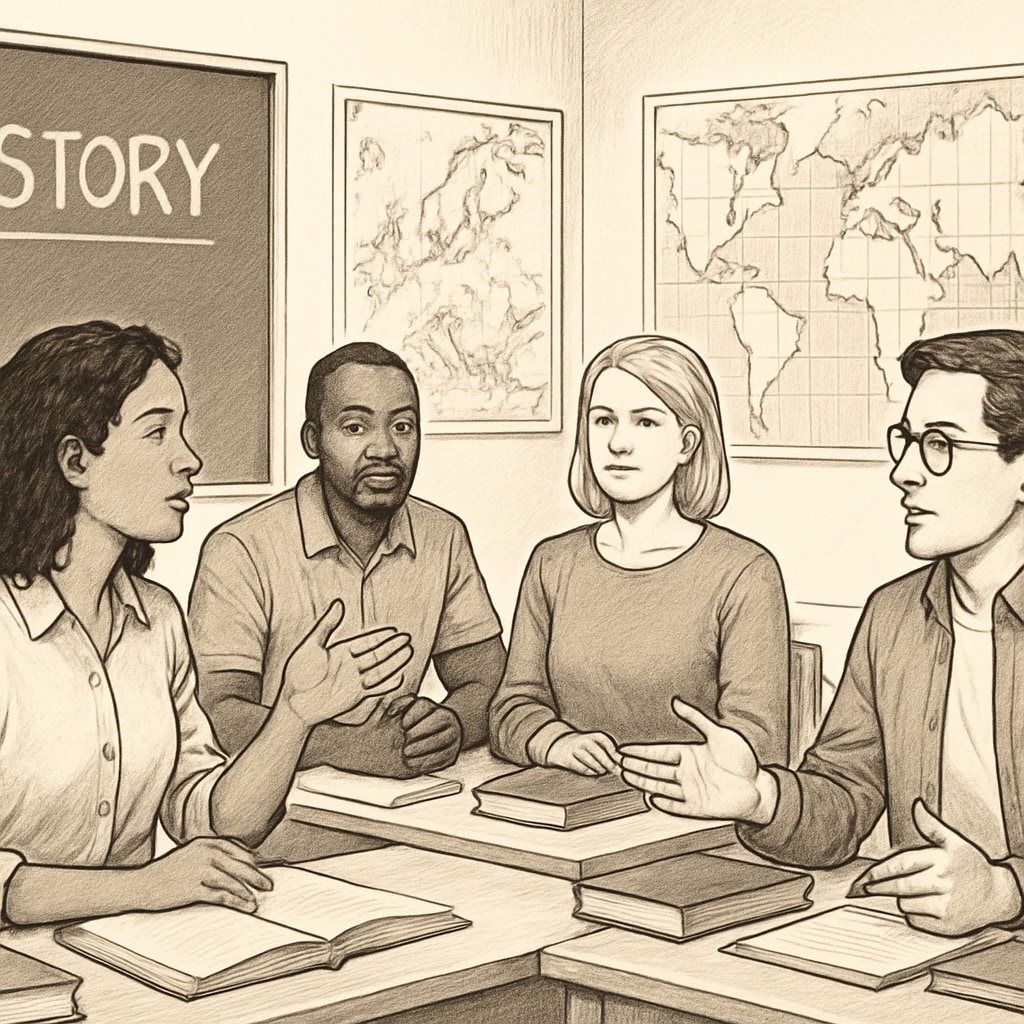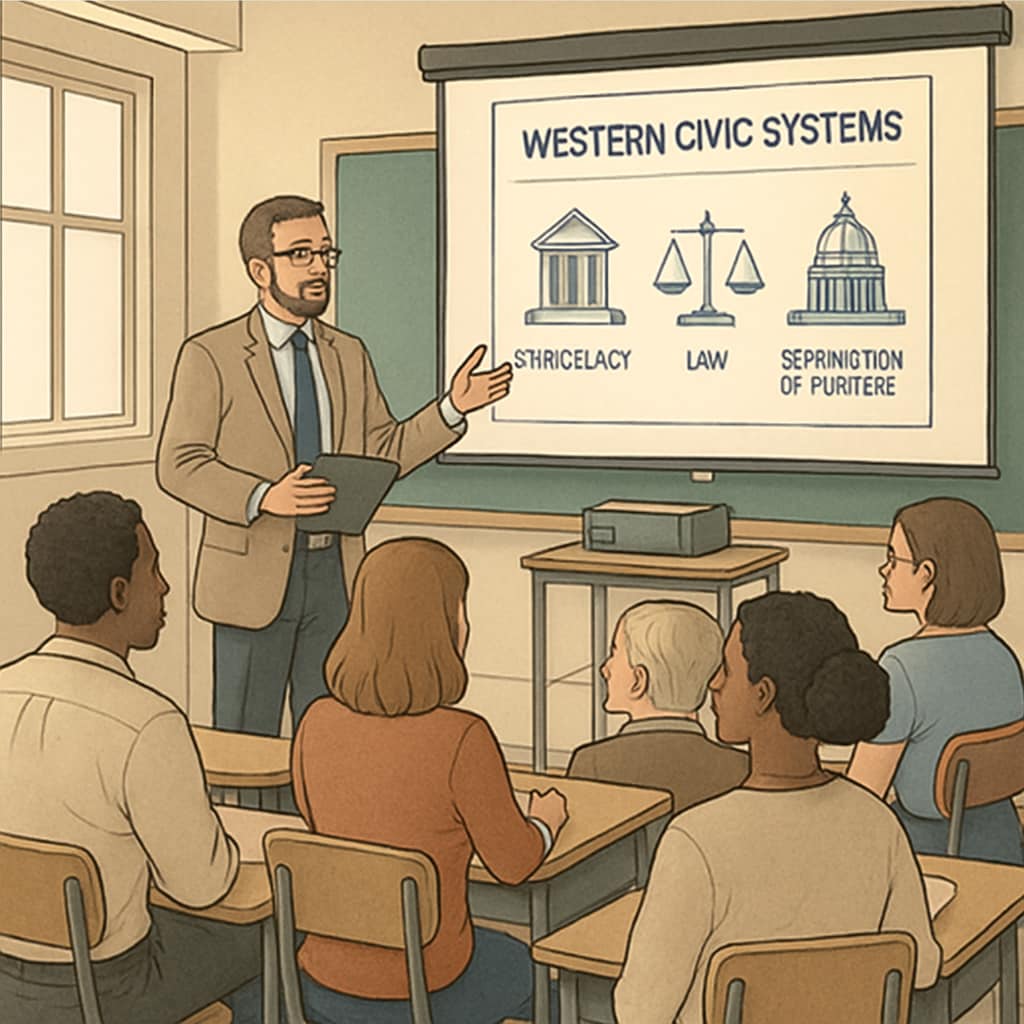For foreign adult students stepping into Western society, adult education, cultural adaptation, and foundational knowledge are essential tools for integration. The cultural and academic gaps they face—often rooted in differences in history, geography, and social norms—can create significant challenges. Tailored supplemental courses focusing on foundational subjects can help these students bridge the divide, enabling them to better understand their new environment, adapt to cultural expectations, and thrive in their communities.
Why Foundational Knowledge Matters for Cultural Adaptation
When foreign adults move to a new country, they frequently encounter unfamiliar cultural references, historical events, and societal structures. Without a basic understanding of these foundational topics, such as Western history and geography, they may struggle to connect with peers, participate in discussions, or understand societal norms. For example, references to key historical events like the Enlightenment or the World Wars may leave them feeling excluded.
To address these gaps, educational institutions and community organizations can create programs that equip students with knowledge of:
- Western history: Understanding influential cultural, political, and social movements.
- Geography: Familiarity with countries, regions, and global positioning.
- Civic systems: Learning about the structure of governments and societal expectations.
These courses not only provide knowledge but also foster confidence and a sense of belonging among foreign students.

Designing Effective Adult Education Programs
Developing effective programs for adult learners requires a tailored approach. Unlike traditional students, adults bring prior knowledge, life experiences, and specific goals to the classroom. A “one-size-fits-all” model does not work for this group. Instead, programs should be designed to meet their unique needs, emphasizing practical application and cultural context.
Here are key strategies for designing such programs:
- Interactive learning: Use case studies, group discussions, and real-world examples to make content relatable.
- Flexible schedules: Offer evening or weekend classes to accommodate working professionals.
- Multilingual support: Provide resources in the students’ native languages while gradually transitioning to English.
- Cultural immersion: Integrate field trips, cultural activities, and guest speakers to provide hands-on learning experiences.
These strategies can enhance engagement and ensure the effectiveness of the programs, ultimately leading to better outcomes for students.

The Role of Community and Peer Support
Beyond structured courses, community and peer support play a crucial role in cultural adaptation. For many foreign students, the transition can be isolating. Building a support network helps alleviate the emotional challenges of integration.
Community programs can include:
- Mentorship programs: Pairing foreign students with local mentors who can guide them through cultural nuances.
- Social events: Organizing informal gatherings to foster connections and friendships.
- Language exchange groups: Providing opportunities to practice English while teaching their native language to locals.
These initiatives create a sense of belonging and provide practical opportunities for students to apply their learning in real-life situations.
Measuring Success in Cultural Adaptation
How do we know if these programs are effective? Measuring success goes beyond academic performance. It includes evaluating how well students integrate into society, their confidence in engaging with cultural norms, and their ability to establish meaningful relationships.
Key indicators of success include:
- Improved communication skills and cultural understanding.
- Active participation in community activities.
- Feedback from students about their sense of belonging and confidence.
Regular assessments and feedback from both students and instructors can help refine these programs over time, ensuring they continue to meet the evolving needs of foreign adult learners.
By combining tailored education, community support, and continuous improvement, we can create pathways for foreign students to overcome cultural barriers and thrive in their new environments.
Readability guidance: Use short paragraphs and bullet points to summarize key ideas. Include transition words for flow, and maintain an average sentence length of 12–16 words.


